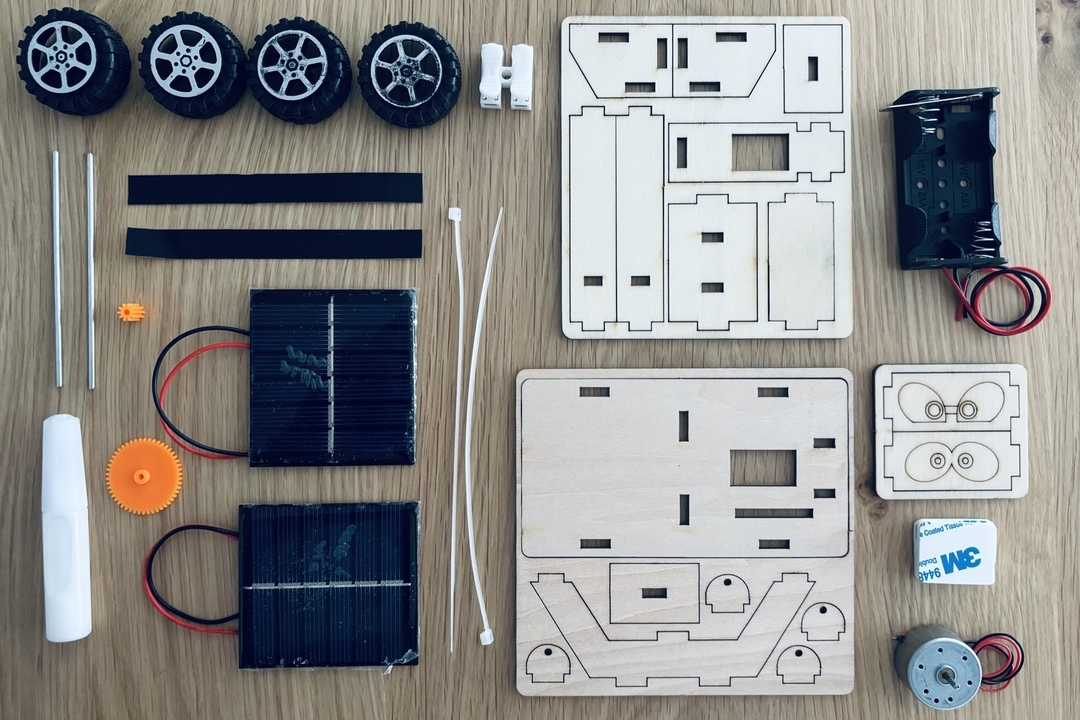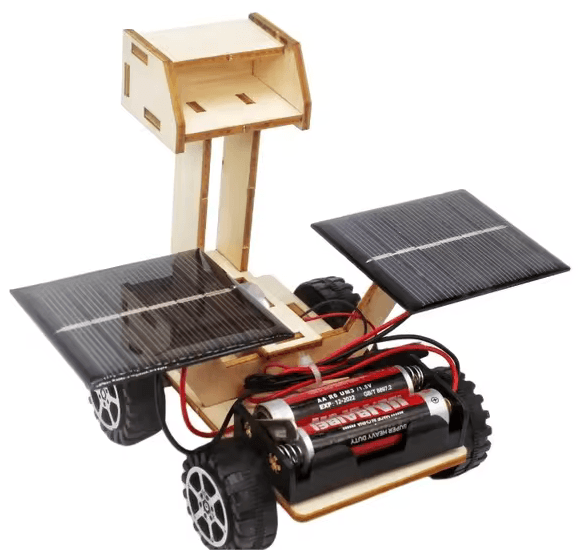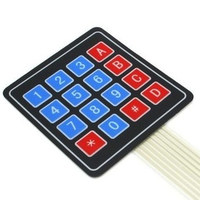Assembling the lunar rover kit
Building a robot might sound complicated but the lunar rover kit makes it simple and fun. This small, handcrafted robot is powered by two solar panels and two AA batteries, giving you a blend of renewable and traditional energy options. The wooden base and four-wheel design provide a strong base for this engaging DIY project.
Components
| 1x Lunar Rover Kit
|
The lunar rover assembly process
When you open the box, you'll discover a collection of wooden pieces, solar panels, a battery compartment and all the parts needed to build the rover. The instructions are clear and easy to follow, guiding you step by step as you assemble the rover. No special tools are needed - just patience and a bit of focus as you snap everything into place.

You'll begin by fitting the wooden pieces together to form the base and main structure. After the base is ready, you move on to attaching the wheels and setting up the solar panels. The panels sit on top of the rover, ready to capture sunlight and power the robot. The AA batteries fit into slots underneath, providing an alternative power source for indoor play or on cloudy days. By the time you finish, you’ll have a fully functional lunar rover, ready to explore your surroundings.

Once assembled, its four wheels provide stability and allow it to move smoothly across different surfaces. As soon as the solar panels catch some sunlight, the rover starts to move on its own, demonstrating the power of renewable energy. On days when the sun isn't out, the AA batteries keep it going, ensuring the rover is always ready for action.
Conclusion
The lunar rover kit combines fun and learning in a unique way. It’s an ideal project for anyone interested in robotics or renewable energy, offering a hands-on experience that's both educational and enjoyable. This robot is simple yet effective, making it an excellent introduction to basic mechanics and electronics. It’s a fun way to learn about solar power and energy storage, all while enjoying a hands-on project that’s more about play than work.





0 Comments